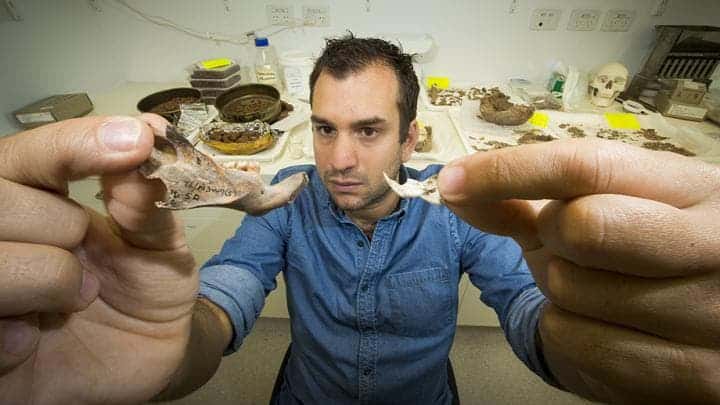Archaeologists have discovered fossils of rats 10 times bigger than modern rats. Working with the Australian National University (ANU), the team made the findings in East Timor, a former Portuguese colony in south-east Asia.

Dr Julien Louys of the ANU School of Culture, History and Language said these are the largest rat fossils ever to be found, and by all accounts, these are the biggest rats to have ever existed.
“They are what you would call mega-fauna. The biggest one is about five kilos, the size of a small dog,” Dr Louys said. “Just to put that in perspective, a large modern rat would be about half a kilo.”
Researchers were actually trying to track the earliest human movement through Southeast Asia when they found the fossils, and now they are working on figuring out just why the rats got so big, and what drove them extinct.
The earliest evidence of humans in East Timor dates from around 46,000 years ago, and they lived alongside rats for thousands of years. In fact, these early humans were actually eating the big rats.
“We know they’re eating the giant rats because we have found bones with cut and burn marks,” he said.
The cause of the rat extinction may have been, as it often happens, humans. As humans became more and more advanced, they started to destroy the habitats of rats, driving them off the island.
“The funny thing is that they are co-existing up until about a thousand years ago. The reason we think they became extinct is because that was when metal tools started to be introduced in Timor, people could start to clear forests at a much larger scale.”
Now, as they’re trying to track the movement of humans, they are also analyzing the impact the humans had.






